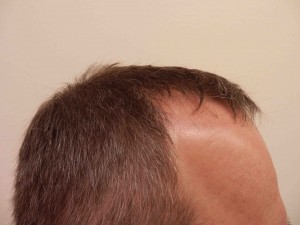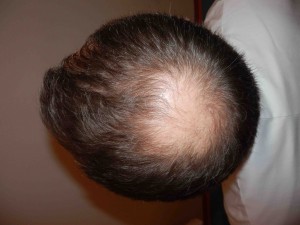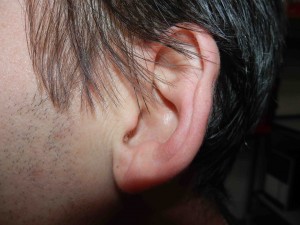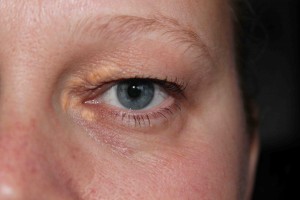January 6th, 2014
Looking Old for Your Age
Mette Christoffersen, MSc (Pharm)
A recent paper published in Circulation concluded that visible age-related signs — male pattern baldness, earlobe crease, and xanthelasmata — were associated with increased risk of coronary disease independent of chronological age and other cardiovascular risk factors. Study authors Mette Christoffersen and Anne Tybjaerg-Hansen answer questions from CardioExchange Editor-in-Chief Harlan Krumholz about their findings.
Krumholz: Your findings are quite interesting. Do you think that these findings should be sought on every patient?
Christoffersen and Tybjaerg-Hansen: Yes, this is very easy information to obtain. The data show that patients who look older than their chronological age based on these signs are more likely to be in poor cardiovascular health, compared with patients who appear to be their actual age.
Krumholz: Do you think that these findings should be part of cardiovascular risk calculators?
Christoffersen and Tybjaerg-Hansen: No, probably not. However, if you have one or more of these signs, other risk factors for cardiovascular disease should be evaluated carefully.
Krumholz: What do you think is the mechanism of this association?
Christoffersen and Tybjaerg-Hansen: This is not known, therefore, the following information is speculation: Regarding male pattern baldness and vascular disease, free testosterone has been shown to act both on the hair follicle and on the vascular wall, leading to both male pattern baldness and proliferation of smooth muscle cells — a key event in the formation of the atherosclerotic plaque.
Possible explanations for the increased risk of ischemic heart disease associated with the presence of earlobe crease and xanthelasmata may be altered characteristics of the connective tissue in these individuals reflected both in the dermis (skin) and in the arterial intima (vessel wall) — i.e., an increased propensity to deposit cholesterol in these tissues. The study shows that the presence of xanthelasmata is not explained by the high cholesterol alone.





This study is a continuation of the old-old line of ‘biological age’ – the concept that some people are physically older than it have to be basing on their ‘passport age’. Despite the regression techniques were the most popular tool in these studies 50 years ago, the most informative signs were wrinkles, baldness, gray hairs … The problem with this approach was in low accuracy of the prediction of the functional outcomes/longevity. The same problem with this study. The accuracy of the prediction is unclear. So, strange will be to use this ‘correction’ to the patient’s evaluation
Most lifestyle-associated factors that make one look older are also cardiovascular risk factors: obesity, smoking, lack of exercise, low socioeconomic living conditions with bad teeth etc. Of course, genes are a major determinant, and create signs like masculine balding, earlobe creases and xanthelasmata. I would probably monitor modifiable risk factors in patients with these signs. Dr. Blassov’s term “biological age” is used by clinicians every day, especially when we communicate with colleagues. The most intangible part of “biological age” is the psychological aura our patient radiates, and impacts how the patient will recover from acute disease or surmount a chronic condition.
I never use male pattern baldness, earlobe crease and xanthelasma as visible age-related signs. For me these are signs of inherit traits and in the case of xanthelasma is a sign of lipid disorder. The relation between baldness and age is only a social stereotype. If you ware glasses, tie and suit and have a beard, specially grizzled, you are more inteligent? The gossip media will love this scientific investigation.